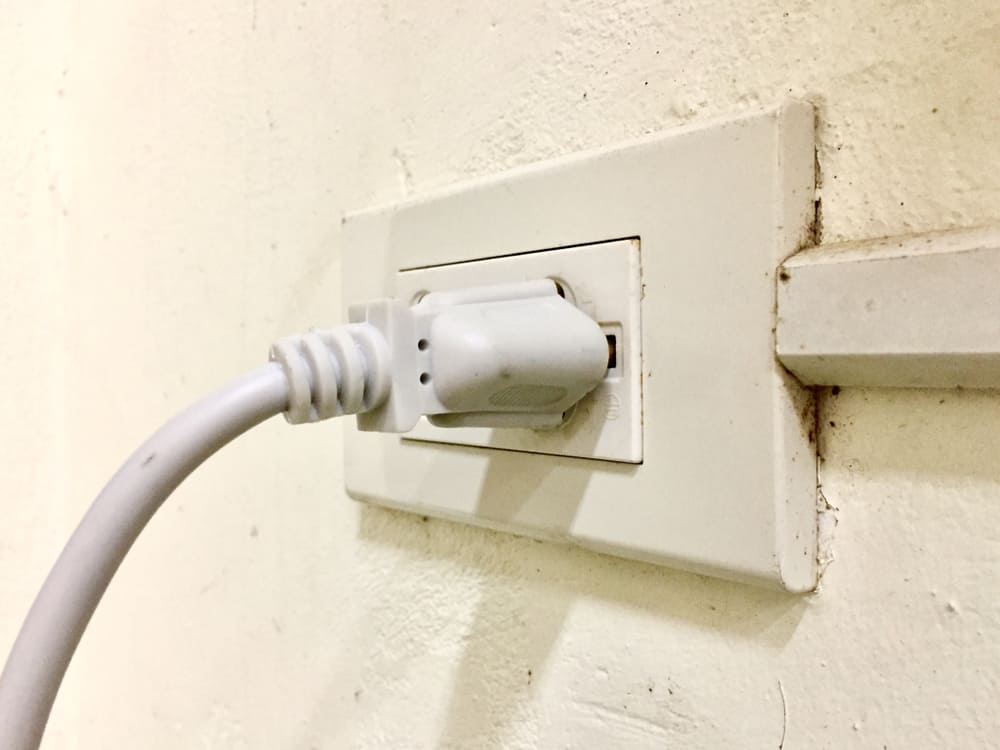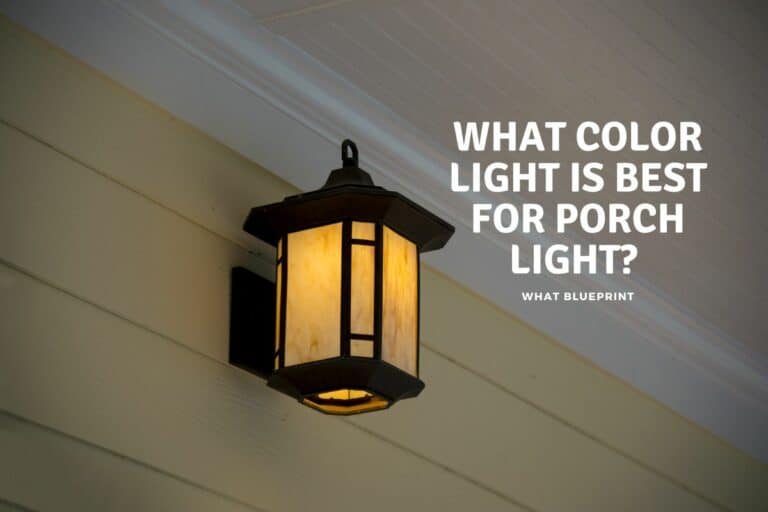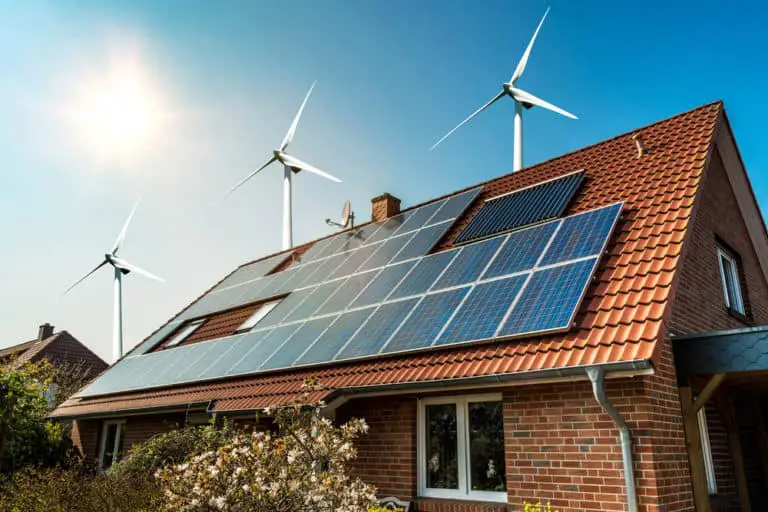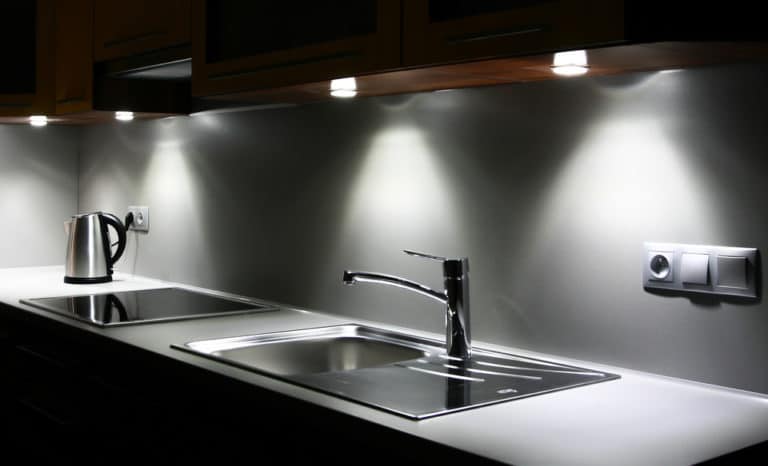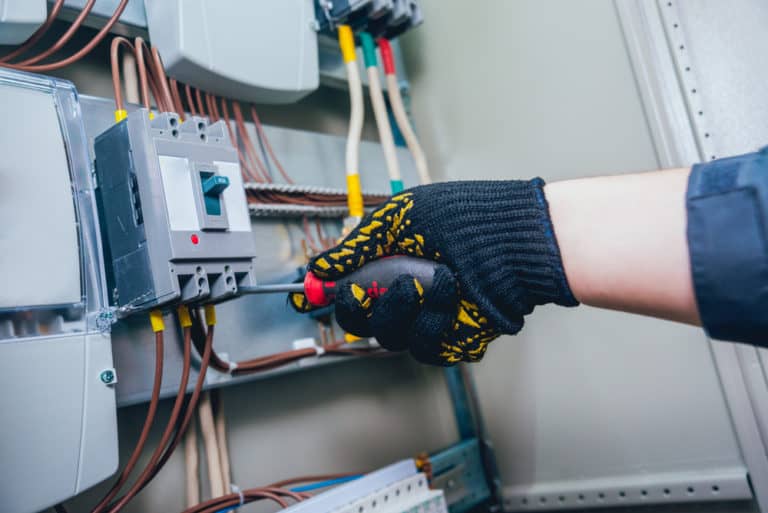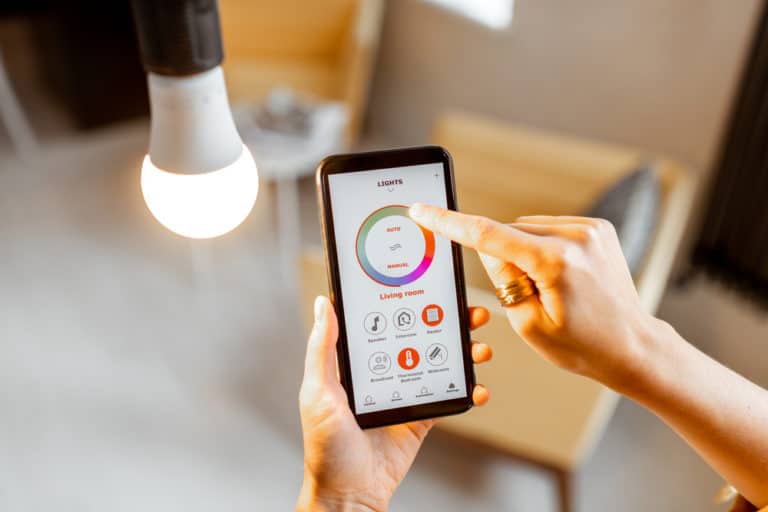Can You Put An Outlet Under A Sink?
As we all know, people rely on energy now more than ever, including activities in the kitchen. Since new technologies are being invented at such a fast pace, homes will need to adjust to their user’s demands. This brings up the question if it’s possible to place an outlet underneath a sink.
You can put an outlet underneath a sink provided that you have measures in place that prevent it from getting wet. Contrary to popular belief, a well-maintained sink should not cause any dampness to the area underneath it. Measures such as location, covers, grounding, etc., can be used to protect your outlet.
Read on as we’ll be going into how you can properly place an outlet underneath your sink, a brief overview of outlets, how to use outlets safely, and more.
How to put an outlet under a sink
Installing an outlet under a sink is almost the same process as installing an outlet anywhere, the main difference being the safety precautions that you’ll have to take to ensure that your outlet does not short-circuit.
We’ll not be going into installing the outlet itself as that should be an article on its own entirely. Instead, we’ll just be tackling the issues and considerations specific to placing an outlet underneath a sink.
- Preparation
You’ll have to do a preliminary check on your current plumbing system to ensure that everything is working well. A sink will have a water pipe, pressurized, and a drainage pipe, which is not pressurized.
Ensure that there is enough space and distance between your pipes, especially the water pipe, and where you want to place an outlet.
- Choosing the right outlet type
Choose an outlet that has a GFCI feature in its circuit. GFCI prevents the circuit from receiving power as soon as it detects that something has gone wrong in the circuit.
You can also opt to purchase a cover plate that comes with a cover for the outlet holes to prevent water from getting in when it’s not in use.
- Usage
We’ll be assuming that you’ll either be plugging in a dishwashing machine or garbage disposal into your outlet for our purposes. Dishwashing machines tend to use up quite a lot of energy( around 1800 watts on average), while garbage disposals don’t need that much in comparison.
The good news is that these appliances don’t usually produce that much heat, compared to induction cookers or microwaves, so if something goes wrong, it won’t be as dangerous.
With that being said, make sure that your appliance and outlet are compatible with each other, make sure that the wiring of your appliance is not all-over the place and is kept away from water, and make sure that the appliance can work well wherever you choose to place it (appliances can also cause short-circuits to the system if they were to break).
It’s recommended that you work with an electrician when installing a new outlet, regardless of where it’s located. Electricians are equipped to install these outlets properly, and they always make sure that your electrical system is compliant with the NEC (National Electrical Code).
Why water and electricity don’t mix
Just a bit of a segway here, you should also know why electricity and water don’t mix well.
Water is a great conductor of electricity, meaning that electricity flows well through water. Water tends to contain many ions, which also tends to magnify the current (flow of electricity) running through the water.
If an electrical outlet were to get wet, what would happen is that the water will cause a short-circuit due to a sudden spike in the current within the electrical circuit.
What to do if water gets into my outlet
If water gets into your outlet, here are the following steps that you should take. We’ll be assuming that your outlet has GFCI. If you’re unsure if your outlet has GFCI, you should turn off the breaker for that outlet.
- Assess how much water got into an outlet. If the outlet is flooded, there’s not much that you can do but call an electrician to do the necessary repairs.
- If only droplets of water got into the outlet, you should wait overnight for the droplets to evaporate.
- Check if no water is left in the outlet by removing the covering plate. Be careful with this step and make sure that you are not in contact with any water while doing this. It’s recommended that you wear rubber gloves to prevent any shocks.
- If no water is left in the outlet, put back the covering plate and test the outlet using a multimeter.
- If that works well, you can now continue to use the outlet.
Make sure that no power is running through the outlet while executing these steps as much as possible. It’s at your discretion to determine if the outlet is dangerous or not based on the amount of water entered into it.
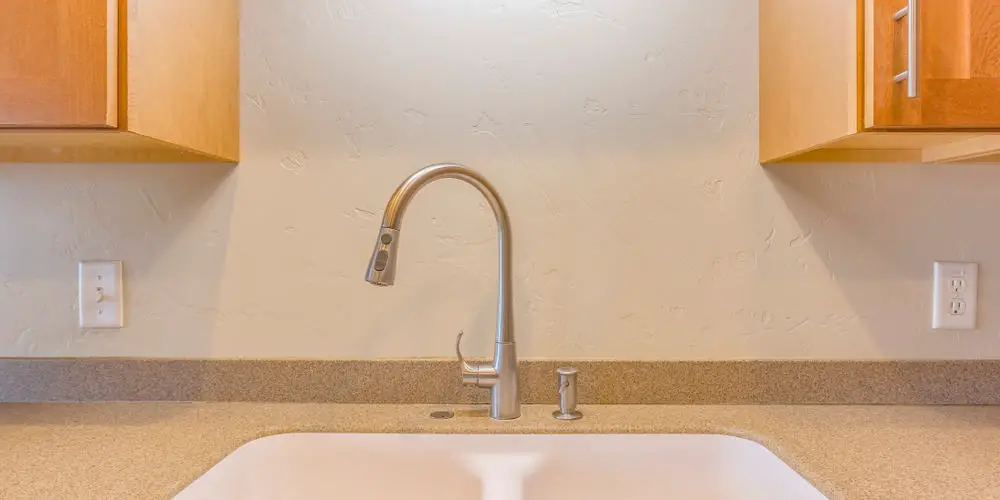
Outlet: A brief overview
It’s important to know, as a homeowner, how outlets work inside your house and the different requirements that protect outlets and prevent electrical malfunctions.
As we already know, electrical outlets are a power source that draws from your electrical circuit, which is connected to your electrical grid. They’re usually classified by the configuration of the holes or by the voltage that the outlet provides.
Outlets are composed of three distinct parts which are termed neutral, grounding, and hot respectively.
- Neutral
Neutral refers to the part of an electrical system that redirects unused electricity back towards the breaker
- Grounding
Grounding refers to the part of an electrical system that redirects to the ground, which is a good and safe conductor of electricity.
- Hot
Hot refers to the power itself, the initial source of power for a circuit to run.
Outlets in the modern era usually require a GFCI. This serves as an extra safety precaution as technology, now more than ever requires energy.
Safety measures for outlets
Now that we have the basics down, it’s important to get to know the different safety measures and rules applied for outlets to prevent them from getting damaged.
- Overloading
Overloading a circuit entails too much demand for power compared to what the circuit was meant to supply. In other words, too many appliances are drawing energy from one circuit, which causes an abnormal amount of electrical current to flow through it.
This problem usually arises from overusing your electrical extension cords. Ensure that you’re not plugging more electrical extension cords into each other, and always use only whatever your wall-outlet provides as a plug (one outlet = one plug).
- Water
As mentioned earlier, water is a conductor that causes a spike in the current within a circuit. Avoid bringing electrical appliances close to the water as much as possible.
- Proper appliance use
Appliances and outlets work together once the appliance is plugged in. The wiring of the appliance and the circuit coordinate to ensure that the right amount of voltage and current is running through the circuit at all times.
Follow the instructional manual of your appliances and make sure to also take good care of them.
- Environment
Aside from water, other conductors should not be in the vicinity of any electronics. Common conductors found in households include water(includes moisture and humidity) and metals(silver, copper, gold, etc.)
A regular maintenance routine throughout your house is always a good thing to have.
- Good practices
Good practices include unplugging unused appliances, keeping the environment around your outlets clean, avoiding activities/changes that can damage your electrical system, etc.
Take note of these, especially for an outlet that will be placed underneath a sink.
Conclusion
As long as you follow the right safety precautions and use your appliances properly, there’s no reason why you cannot have an electrical outlet underneath your sink. Just make sure to take extra care considering that your outlet is in close vicinity to a water source.
Homeowners should be aware of how their outlets work. This helps in making sound decisions, especially when something goes wrong.

